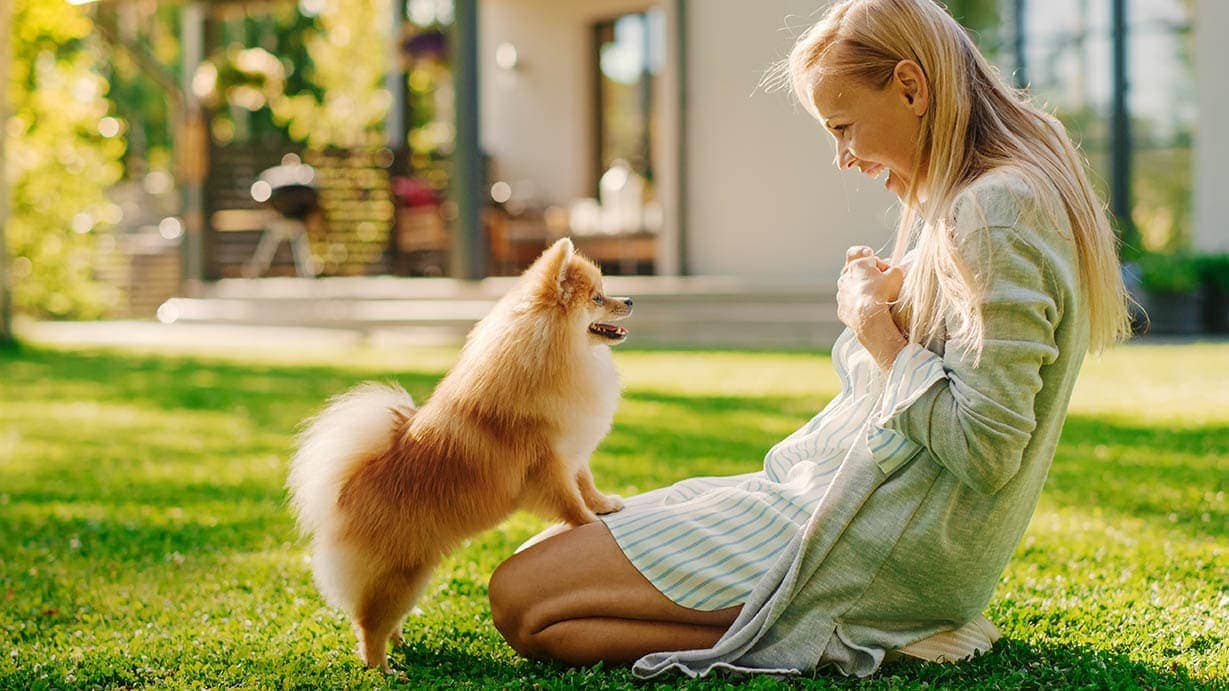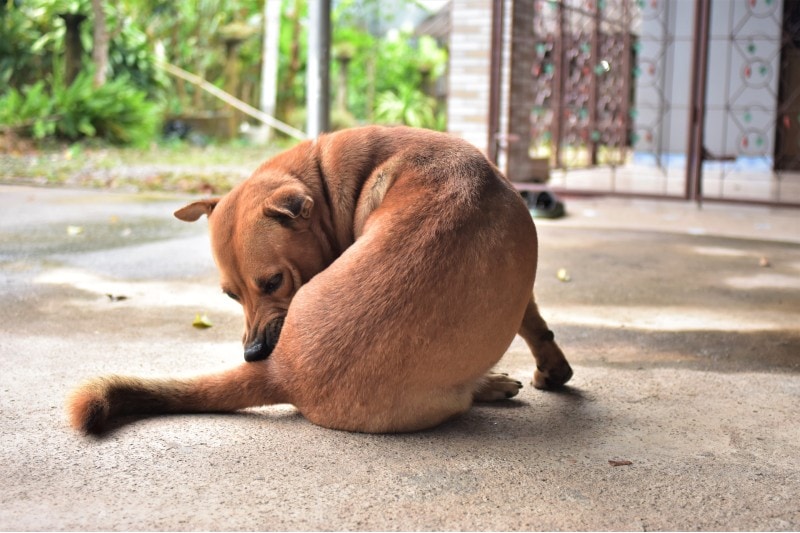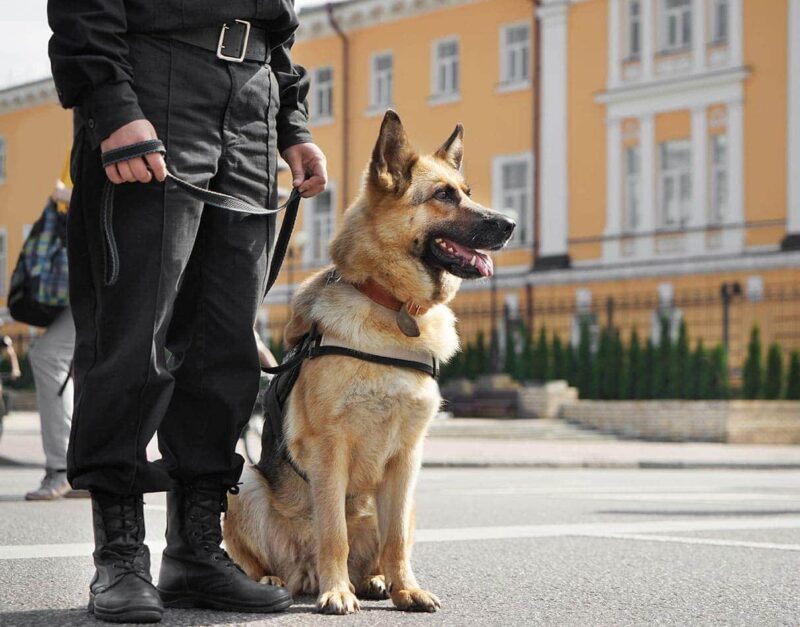Top 12 Dog Breeds to Keep Outdoors: Pictures, Facts & History

Updated on
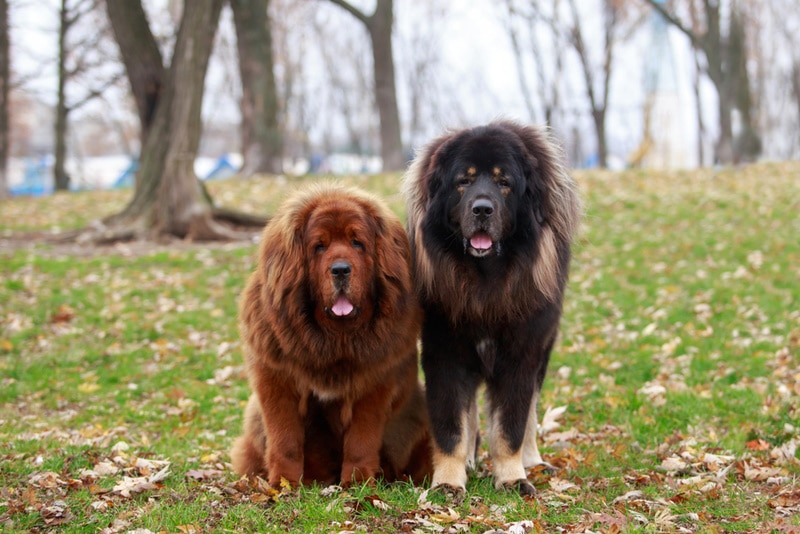
Though many people enjoy having dogs in their homes, some dogs are best suited to life in the great outdoors. Breeds that have been developed to survive in harsh environments often enjoy living outside, especially when it’s cold out.
If you’re thinking of getting a dog to live outside, take a look at the top 12 dog breeds to keep outdoors and see if they’re right for you.
The Top 12 Dog Breeds to Keep Outdoors
1. Alaskan Malamute
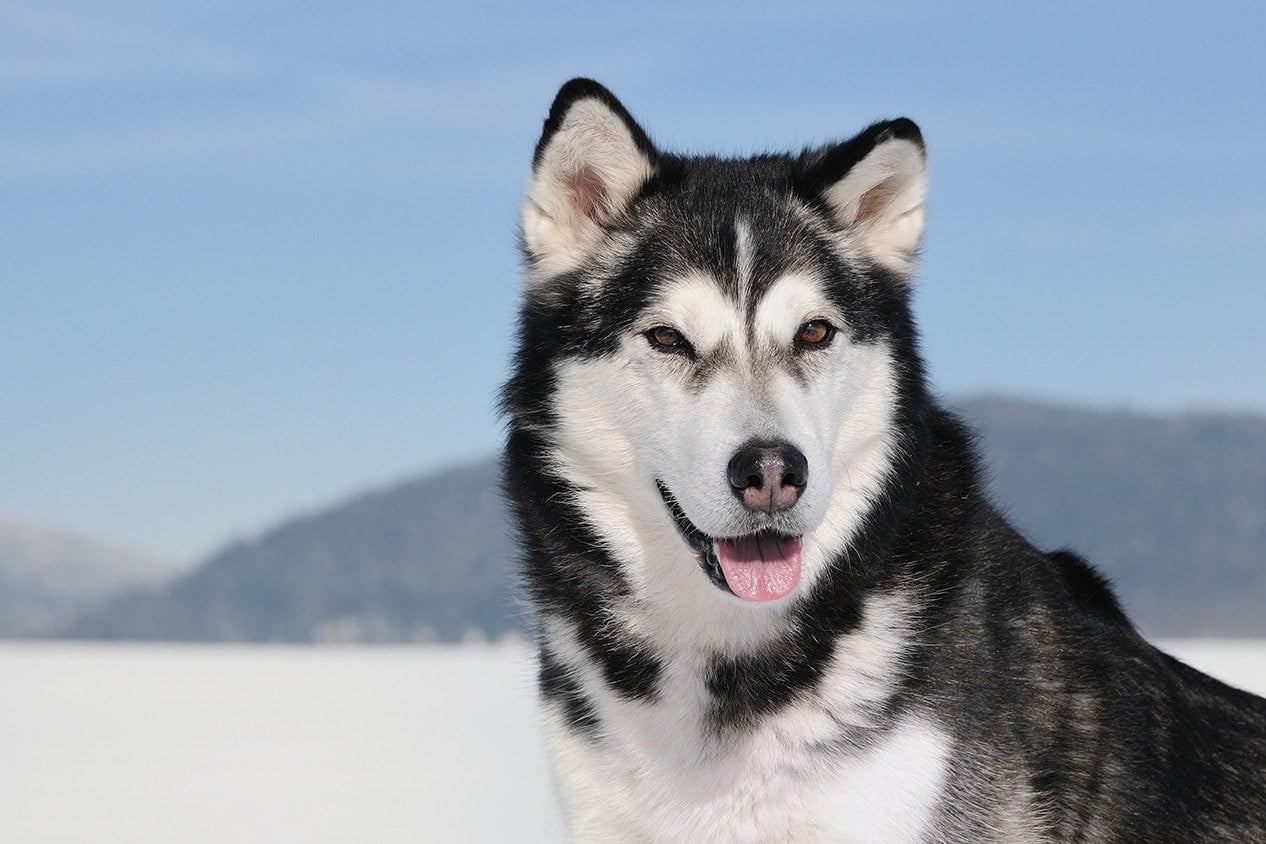
- Origin: Alaska
- Lifespan: 10–14 years
- Height: 23–25 inches
One of the most ancient breeds, the Alaskan Malamute originated in Alaska. They’re believed to have been bred by the nomadic Inuit tribe, the Mahlemut, in northwestern Alaska to hunt seals, haul loads, and scare off polar bears. With their dense, weatherproof coat and solid bearing, Malamutes are ideal for living outdoors, even in areas with harsh winters. In fact, they may prefer it to a warm home during the cold months, but you will need to bring your Malamute in or provide an air-conditioned space if you have hot summers. These dogs aren’t suited to the heat.
Malamutes are prized for their beauty and resemblance to wolves, but these are not dogs for casual pet owners. They like to do work and require consistent training to avoid behavioral issues. That said, they enjoy snuggling with their owners once the work is done.
2. Siberian Husky
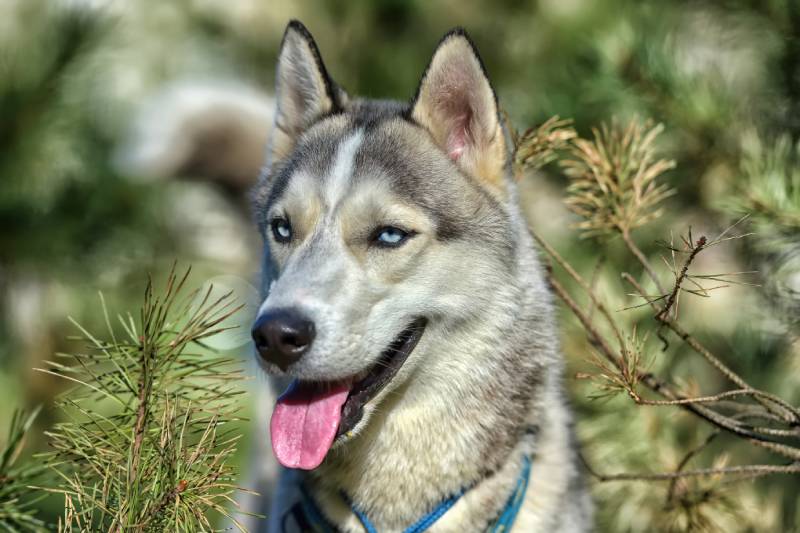
- Origin: Siberia
- Lifespan: 12–15 years
- Height: 20–24 inches
The Siberian Husky is a medium sled dog that was developed in Siberia to work in packs and pull light loads over frozen expanses. These dogs are lighter than the Malamute but share the same thick coat, endurance, and sociability. Because they were developed in the coldest part of the world, they can tolerate temperatures below zero with adequate shelter. But like the Malamute, you have to bring a Husky inside when it’s hot or provide climate control to avoid overheating.
Though Huskies get along well with families and other dogs, they have a high prey drive. If you have small animals or a lot of wildlife, be prepared that your Husky will chase. These dogs are also prone to running off, so they need plenty of exercise to keep them busy.
3. Australian Cattle Dog

- Origin: New South Wales
- Lifespan: 13–15 years
- Height: 18–20 inches
The Australian Cattle Dog originated in New South Wales from crossbreeding droving dogs with the wild Dingo. They’re used to working cattle and enjoy spending time outdoors, though they are better suited to warm climates than cold ones.
One of the most intelligent dog breeds, Australian Cattle Dogs can be challenging for inexperienced owners. As resilient herding dogs, they have boundless energy and need plenty of exercise and mental stimulation in the form of work or sport to avoid boredom and behavioral problems.
4. Australian Shepherd
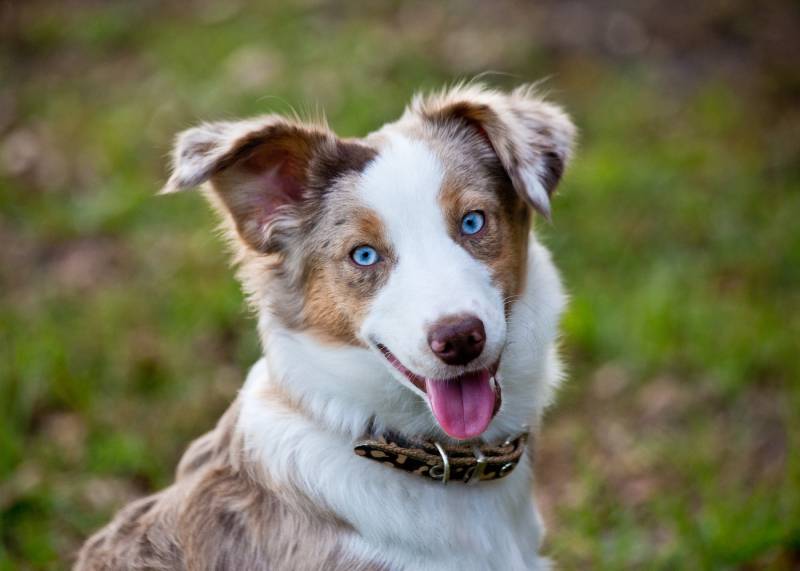
- Origin: California
- Lifespan: 13–15 years
- Height: 18–23 inches
The Australian Shepherd is a lean ranch dog that comes not from Australia but from California. Australian Shepherds were developed from European breeds that were perfected in California for the cowboy life. Though their early generations adapted to the ideal climate in sunny California, modern Aussies can be comfortable outside in all kinds of weather conditions.
A true working breed, Aussies have an irresistible impulse to herd animals, children, or other dogs. They’re not for a casual owner. Also, if you’re keeping the Aussie outside, be prepared to put in a lot of time with training and exercise to keep your dog happy and well-adjusted.
5. Bernese Mountain Dog
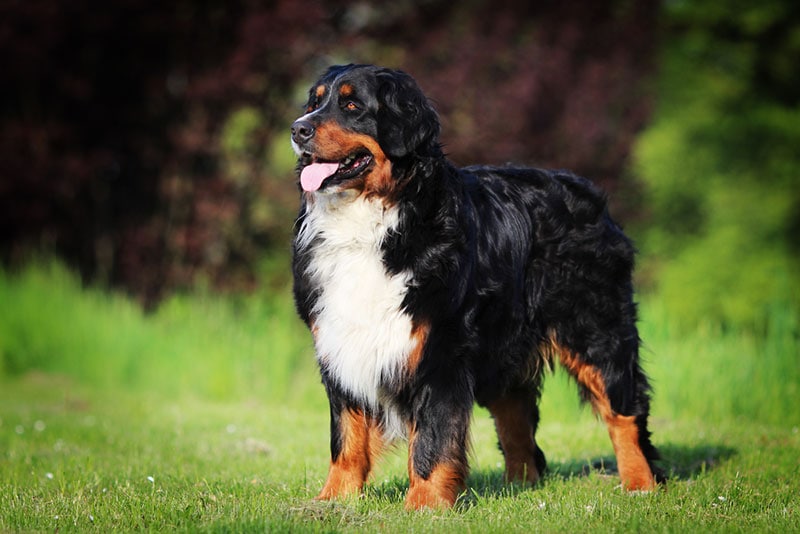
- Origin: Switzerland
- Lifespan: 7–10 years
- Height: 23–26 inches
The Bernese Mountain Dog is a large, sturdy working dog that thrives in cold weather, thanks to its development in the farms and pastures of Switzerland. These dogs are ideal for families and get along well with children, but they are more of a “one person” dog.
Bernese Mountain Dogs can thrive in a home without a job to do as long as you make up for it with training, exercise, and enrichment. These dogs want to please their owners, but they can be prone to boredom if they don’t have outlets for their energy.
6. German Shepherd
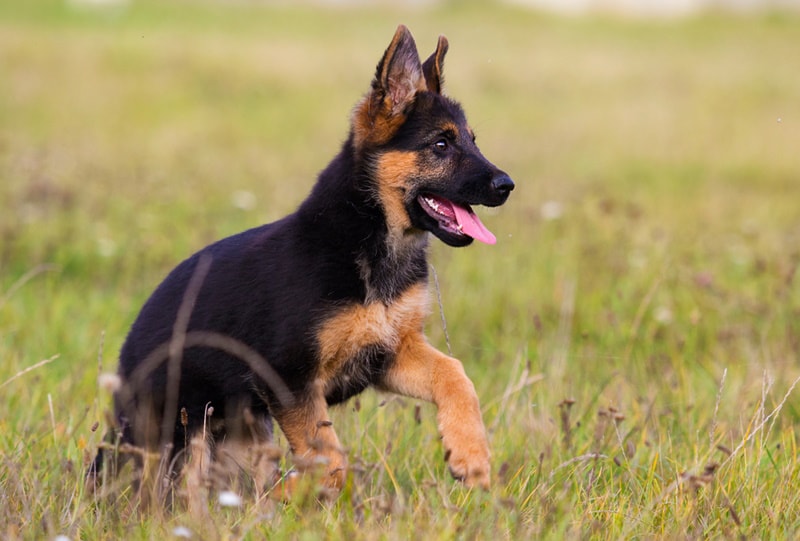
- Origin: Germany
- Lifespan: 9–13 years
- Height: 22–26 inches
The German Shepherd is one of the most popular dog breeds. Versatile and hardworking, German Shepherds have been used for farm work, service work, guard duty, and many more jobs. If you have appropriate shelter and moderate temperatures, the German Shepherd can thrive outdoors.
Despite being used on farms for centuries, German Shepherds should not be outdoors full time. They can’t live outside if you have especially harsh winters or summers, at least not 24/7, and they thrive on interactions with their owners. It’s best to have a German Shepherd spend some of the time outside but allow them to come in to sleep or when the weather is extreme.
7. Great Pyrenees
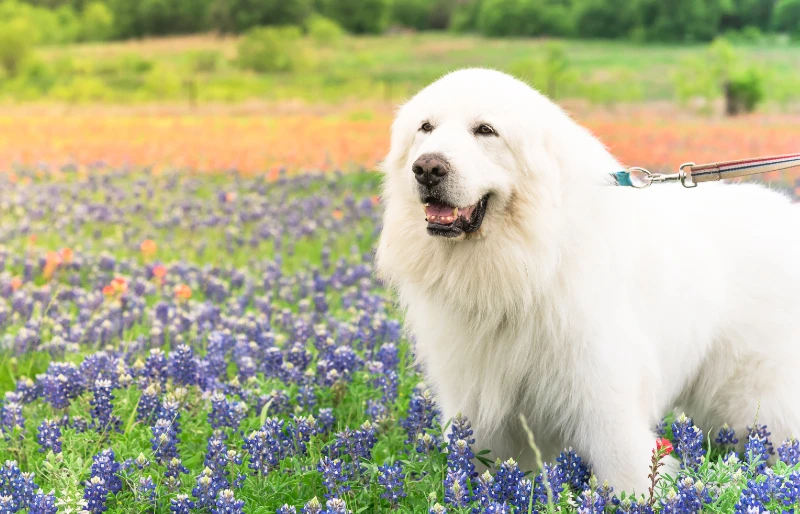
- Origin: France
- Lifespan: 10–12 years
- Height: 26–32 inches
The Great Pyrenees was developed in the Pyrenees Mountains to guard livestock and protect against wolves, bears, or livestock thieves. They are extremely patient dogs, bred to watch sheep on freezing cold mountains for days on end. This makes them ideal for outdoor living in areas that have exceptionally cold winters.
Now, Great Pyrenees are kept as home guardians or on farms, though they don’t have quite as hard a job to do. They conserve their energy for fending off predators, but they do need walks, exercise, and play to keep them healthy and happy.
8. Greater Swiss Mountain Dog
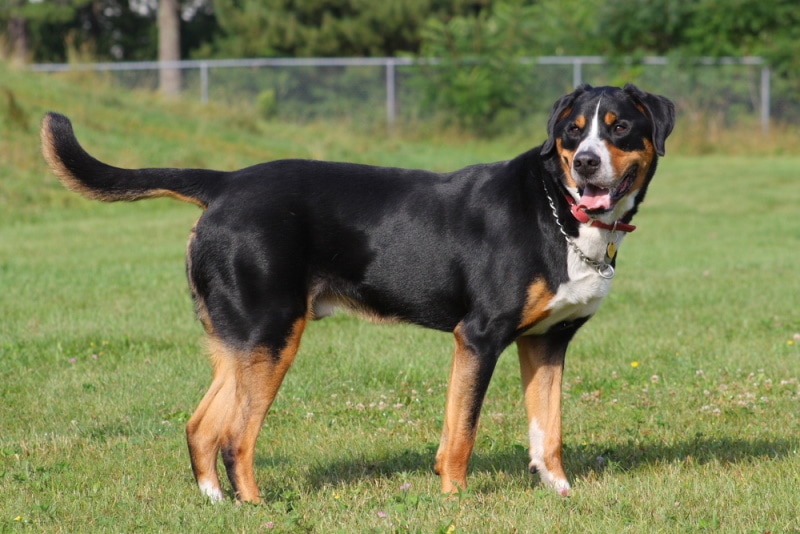
- Origin: Swiss Alps
- Lifespan: 11–15 years
- Height: 19–20 inches
The Greater Swiss Mountain Dog, like other mountain breeds, is a strong worker with a dense coat designed to weather the conditions of the cold mountains. These dogs are dependable and faithful, used for herding, draft work, and all-around pasture work.
They can thrive in the outdoors during cold weather, but they will need to come inside once it gets warm out. Swiss Mountain Dogs like their humans, so they won’t do well if they’re left outside without regular interaction.
9. Samoyed
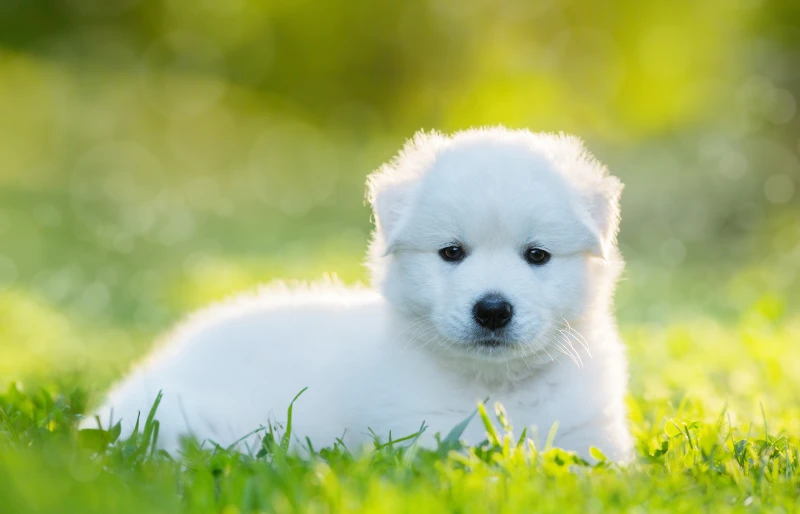
- Origin: Siberia
- Lifespan: 12–14 years
- Height: 19–24 inches
The Samoyed is a strong, graceful dog that was bred in Siberia to work hard in the coldest locations. Some parts of Siberia can reach temperatures of -60 degrees Fahrenheit, so the cold in milder parts of the US won’t be a problem. They even have upturned mouths to prevent them from drooling and eliminate the risk of icicles forming.
Though Samoyeds are comfortable outdoors in cold weather, they need to come inside when it’s hot out. They also can’t be left completely alone outside, as these dogs are smart and social.
10. Irish Wolfhound
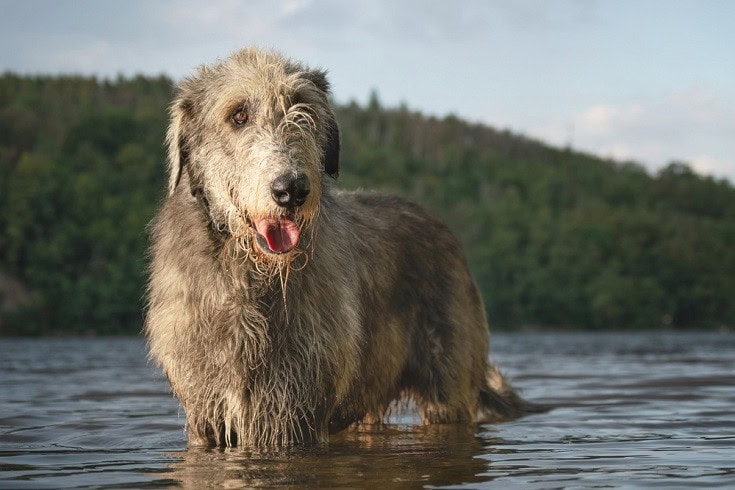
- Origin: Ireland
- Lifespan: 6–10 years
- Height: 30–32 inches
The Irish Wolfhound is the tallest of the AKC breeds and bred for big-game hunting. Modern Wolfhounds aren’t used for hunting but for companionship and to ward off intruders. Their coarse coats keep them comfortable in a range of climates, so you can keep your Wolfhound outdoors. Keep in mind that they are not designed to live outdoors full time, especially without any human interaction.
Despite their size, Wolfhounds are famously agreeable and gentle, but it’s important to supervise interactions between them and children or small dogs and cats. Wolfhounds need regular exercise, so plan to have a running partner or provide plenty of space for them to stretch out and relieve some energy.
11. Norwegian Elkhound
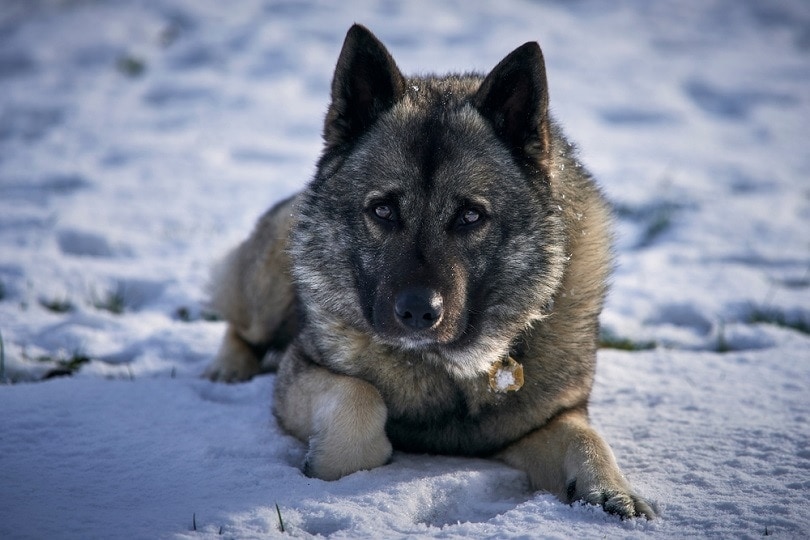
- Origin: Norway
- Lifespan: 12–15 years
- Height: 19–20 inches
The Norwegian Elkhound is a robust spitz-type dog, one of Europe’s oldest breeds. Developed in Norway, the Elkhound once sailed with Vikings and worked as a herder or watchdog. They’re well adapted to cold climates but keep in mind that you will need to bring your Elkhound inside in hot weather.
Elkhounds are friendly and trustworthy, but they’re smart and enjoy having a job to do. Working with your dog in agility or herding trials is the best way to provide an outlet for energy and avoid boredom.
12. Belgian Sheepdog
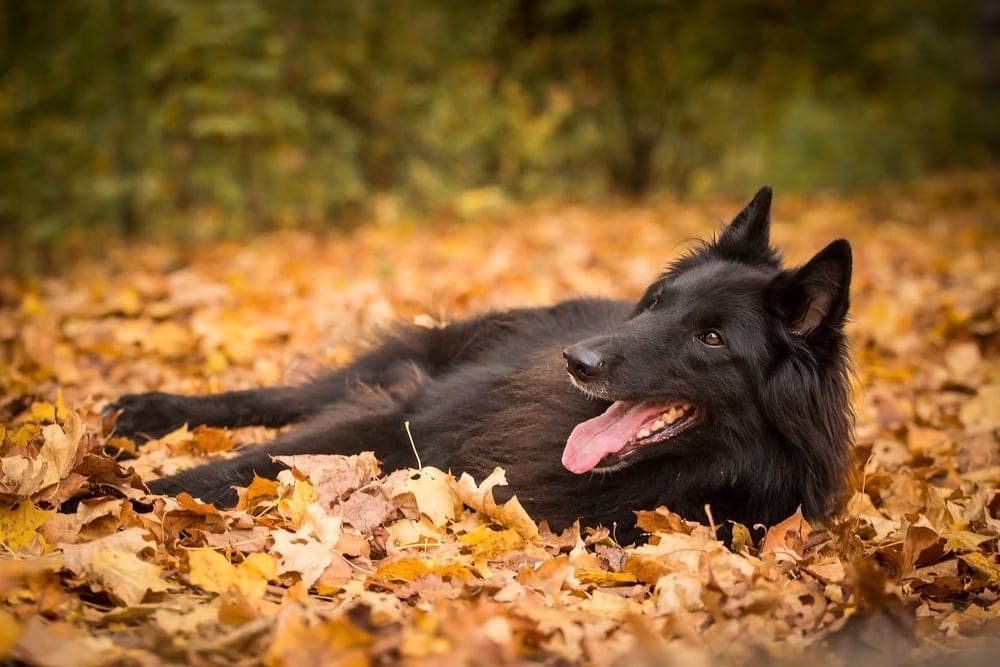
- Origin: Belgium
- Lifespan: 10–14 years
- Height: 22–26 inches
The Belgian Sheepdog is a highly trainable herder with exceptional versatility and intelligence. Like other sheepdogs, the Belgian Sheepdog likes to be outside with space to roam, even in cold weather. But with the thick coat, the Belgian Sheepdog can’t be left outdoors in hot weather.
Belgian Sheepdogs are bred to work. While you can have a Belgian Sheepdog as a companion, they need outlets for that energy, like obedience, herding trials, or agility work, to thrive.
Can Dogs Be Outside Full Time?
Many dogs on this list were bred to spend time outdoors and sleep in shelters, barns, sheds, or kennels, not in the home. However, we now remove dogs from the locations and climates where they were developed. A dog that was bred to survive in Siberia may be able to handle the subzero temps in the Midwest, but not once the hot summer rolls around.
In addition, dogs are domesticated. They want to spend time around their owners, some to greater or lesser degrees. They’ll enjoy being outside—especially if they’re a cold-weather breed and you keep your house warm in winter—but that doesn’t mean they belong outside 24/7. With the breeds on this list, it’s appropriate to leave your dog outside in the right weather conditions, with appropriate shelter and water, for extended periods. They will still need to come inside at night for safety and in certain extreme weather conditions.
Conclusion
Some dogs love to be outside, no matter how cold it is! The breeds on this list were developed to work farms or protect livestock in extreme conditions—sometimes with temperatures dropping well below zero—and enjoy having the freedom to romp around outdoors while you’re in your house. No dog is suited to be a true “outdoor” dog, however, so expect to bring your dog inside some of the time.
Featured Image Credit: Tatyana Kuznetsova, Shutterstock


